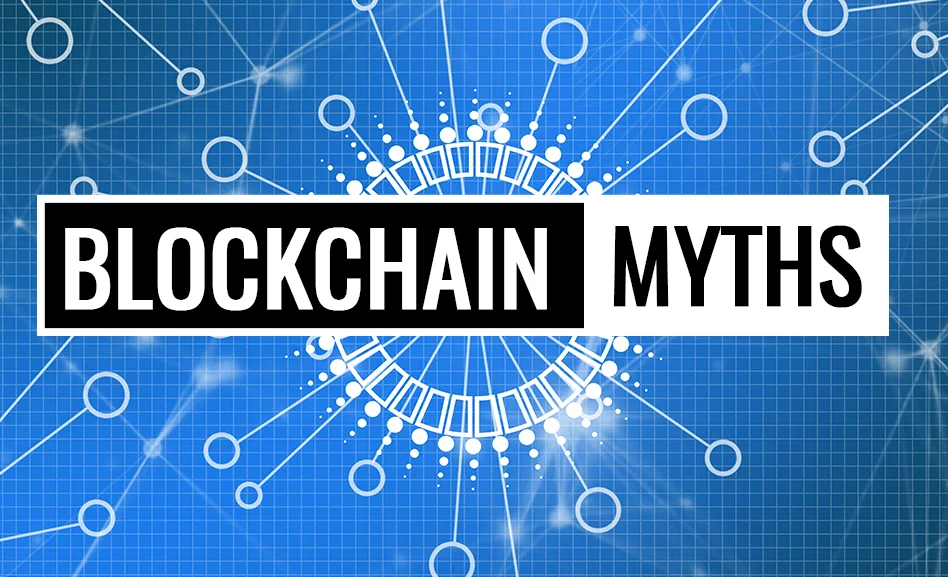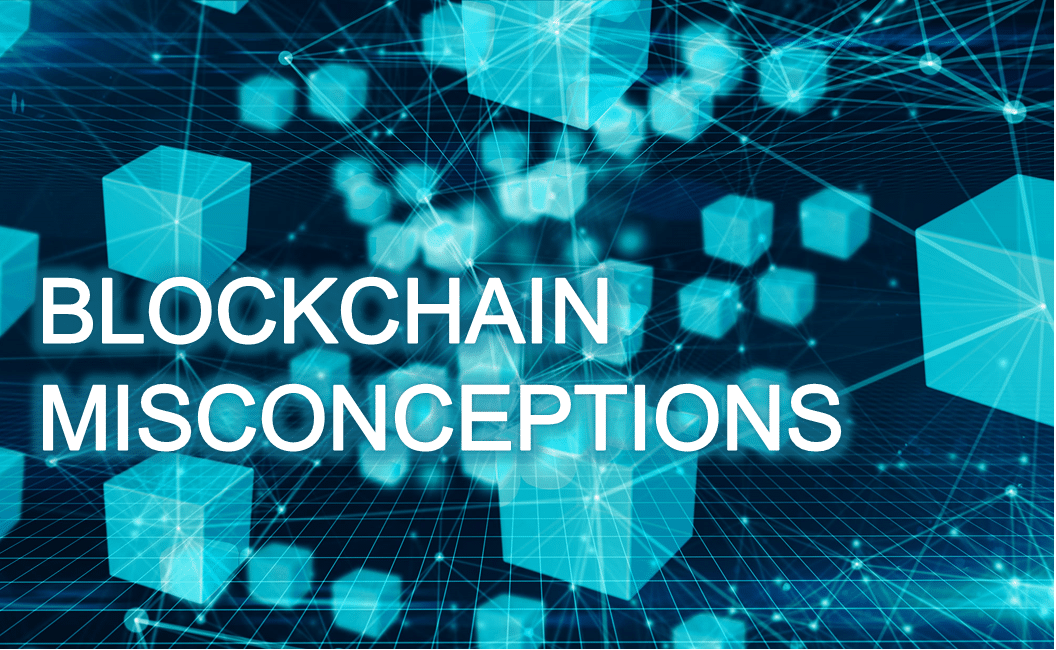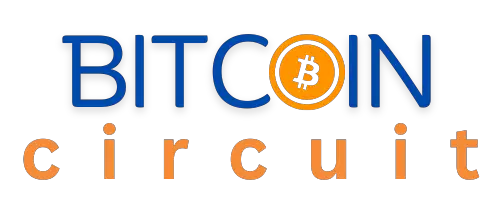One of the following statements about blockchain that is not true is that transactions are anonymous. Blockchain is not completely anonymous due to the transparency of transaction records, which can be traced back to individuals.
Blockchain technology has gained popularity for its secure and decentralized nature, making it a valuable tool in various industries. From financial transactions to supply chain management, blockchain has the potential to revolutionize how businesses operate. Its ability to create trust among parties without the need for intermediaries has paved the way for streamlined processes and enhanced security measures.
As the demand for blockchain solutions continues to grow, understanding its capabilities and limitations becomes crucial for businesses looking to leverage this innovative technology for their advantage.
Common Myths
Many people may believe that blockchain is completely anonymous. However, in reality, blockchain is not entirely untraceable. Each transaction is recorded and visible to everyone on the network, meaning it’s not entirely private. This is one of the common misconceptions about blockchain.
| Common Myths about Blockchain | |
|---|---|
| Myth 1: | Blockchain is Unhackable |
| The popular misconception that blockchain is unhackable is not true. While blockchain technology provides strong security measures, it is not completely immune to hacking attempts. There have been instances where blockchain networks have been compromised. It is important to understand that the security of a blockchain network depends on various factors such as the consensus algorithm, network size, and the implementation of encryption and authentication protocols. | |
| Myth 2: | Blockchain is Only Used for Cryptocurrency |
| Contrary to popular belief, blockchain has applications beyond cryptocurrency. While cryptocurrency was the first major use case for blockchain technology, its potential extends far beyond that. Blockchain can be used in various industries such as supply chain management, healthcare, finance, and voting systems. The decentralized and transparent nature of blockchain makes it suitable for a wide range of applications where trust and security are paramount. | |
| Myth 3: | Blockchain is Always Transparent |
| Another misconception is that blockchain is always transparent. While transparency is one of the core features of blockchain, not all blockchain networks are fully transparent. Public blockchains are open and transparent, allowing anyone to view and verify transactions. However, private blockchains or permissioned blockchains can restrict access to certain participants, making them less transparent. The level of transparency in a blockchain network depends on its design and implementation. | |

Exploring False Statements
Blockchain technology is not impervious to fraud as commonly believed. It may have vulnerabilities that can be exploited by malicious actors.
Anonymity on the blockchain is not guaranteed, as transactions are recorded publicly and can be traced back to individuals if certain information is revealed.
Contrary to popular belief, blockchain technology can be altered through various mechanisms such as hard forks and software updates.
Real-world Examples
Blockchain is a secure digital ledger storing transactions. Security breaches are rare due to encryption. In healthcare, Blockchain ensures patient data security. Other applications include supply chain management, voting systems… |
| …and smart contracts. Blockchain technology revolutionizes various industries. It offers transparency and fraud prevention. Real-world examples show how Blockchain is reshaping the digital landscape. |
Implications
Blockchain technology has various implications across industries. Its potential to revolutionize decentralized systems and enhance security measures is undeniable. However, there are certain challenges in understanding blockchain that hinder its widespread adoption.
Challenges in Understanding Blockchain:
| Challenge | Solution |
|---|---|
| Complexity | Explaining the concept in simpler terms and providing educational resources |
| Regulatory Uncertainty | Addressing legal and regulatory concerns through appropriate frameworks |
| Scalability | Developing improved infrastructure and scaling solutions |
| Energy Consumption | Exploring energy-efficient alternatives and optimizing blockchain networks |
Despite these challenges, the perception of blockchain technology is continuously evolving. It is important to stay updated with the latest developments and potential use cases in order to fully grasp the implications and benefits of blockchain.

Frequently Asked Questions On Which Of The Following Statements About Blockchain Is Not True
What Are The Common Misconceptions About Blockchain Technology?
Blockchain is often thought to be immune to hacking, but it can be. It is also believed to be completely anonymous, while in reality, transactions can be traced. Additionally, some assume that blockchain is only used for cryptocurrencies, but its applications extend far beyond that.
Can Blockchain Be Altered Or Tampered With?
Blockchain’s decentralized nature makes it nearly impossible to alter data. Each block contains a unique cryptographic hash, linked to the previous block, creating a chain. For someone to alter a single block, they would have to alter every block on the chain, which is computationally infeasible.
Is Blockchain Fully Secure And Free From Vulnerabilities?
While highly secure, blockchain is not completely immune to vulnerabilities. Smart contract vulnerabilities, 51% attacks, and the potential for quantum computing to compromise current encryption methods are ongoing concerns. Ongoing development and security protocols address these issues, but absolute security cannot be guaranteed.
Conclusion
To wrap up, it is crucial to clear the misconceptions surrounding blockchain. By discussing the not true statements about blockchain, we have gained a better understanding of its capabilities. As the technology continues to evolve, it is important to stay informed and separate fact from fiction.
Embracing the true potential of blockchain can lead us towards a more secure and decentralized future. Let’s keep exploring and discovering the real power of blockchain!

